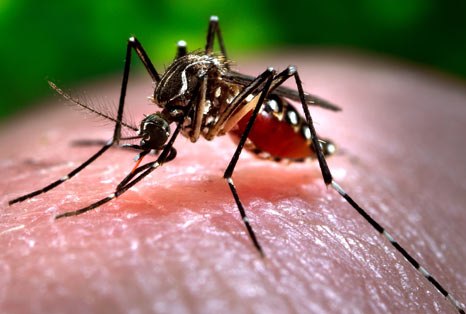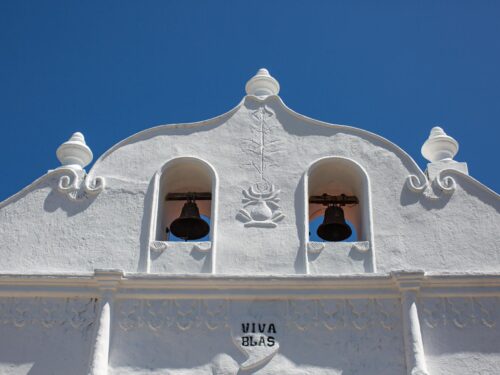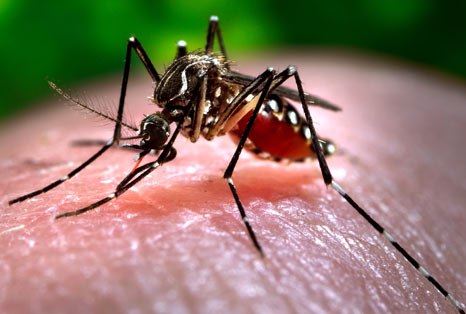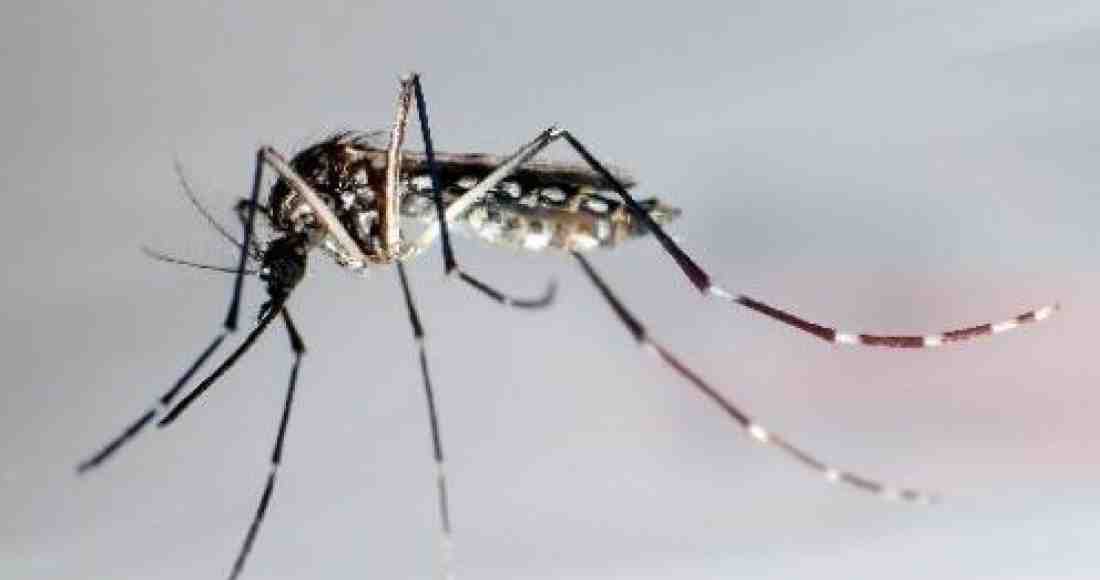
Communities have dropped their guard and now the aedes aegypti mosquitos that transmit dengue “are having a party”, according to Maria Eugenia Villalta, medical director of the Costa Rican Social Security Fund (CCSS), who reported a 300% increase in cases of dengue in the country compared to this same period in 2012.
The majority of cases are in the Pacific Coast region in the provinces of Guanacaste and Puntarenas. Villalta affirmed that this is unusual for dry season when cases of dengue usually decrease. Dengue is more common during rainy season (May to November). Dengue causes symptoms such as fever and pain and in cases of hemorrhagic fever it can lead to death. Since dengue first appeared in Costa Rica in 1993, it has caused 22 deaths, one of which was this year in Puntarenas. So far during 2013, at least four hemorrhagic cases have been seen in the canton of Nicoya, where patients manifested symptoms such as bleeding gums when brushing their teeth, according to Dr. Marisela Villegas Angulo, in charge of monitoring health for the Ministry of Health in Nicoya. Villegas explained that although the number of dengue cases has decreased from January and February, the zone remains classified as “epidemic.”
In the Canton of Nicoya, 190 preliminary cases were reported in January and 41 in February. Of these, 153 were in the district of Nicoya 28 were in the district of Nosara and 26 in Samara. In comparison, during the first week of April, 18 cases were reported in the canton of Nicoya. Of these, 15 cases were in the district of Nicoya, two in San Antonio and one in Samara.
The highest concentration of cases has been in the San Martin neighborhood. Danny Rodriguez Zuñiga, who lives in San Martin, related that three or four of his close neighbors have had dengue, although he and his family have not had it yet. He said they try to keep their lot clean and eliminate puddles of water, and they use fans or burn mosquito-repellant discs to deter the insects.– However, there is only so much he and his family can do. He believes that the sewage pipes are a factor for the high quantity of mosquitoes.
“In San Martin there are a lot of neglected sewers uncovered and they have water,” he said, noting that the Ministry of Health should do something to permanently eliminate the problem. “It’s easier to shovel a ton of dirt on it than eliminate it altogether,” he remarked.
During visits by the Ministry of Health to San Martin, Villegas said they have found a large quantity of breeding grounds, and noted that curbs and gutters are lacking and many houses don’t have septic tanks for soapy waters, which tend to be dumped into the yards where they collect, creating breeding grounds for the mosquitoes.
“The Ministry is working so that this is solved, but there still isn’t a solution as of yet,” Villegas said.
The Ministry of Health has already fumigated twice in San Martin, and in other areas they have fumigated two or three times. They are planning to fumigate San Martin again, as well as Caimital and Moracia, where two cases each were reported during the first week of April. However, the effects of fumigation are short lived if the breeding grounds of the mosquitoes aren’t eliminated.
Villegas said they have noted that epidemics of dengue are cyclical and she correlates the cycles with periods when people are negligent and breeding grounds blossom. “The problem is always the people with their breeding grounds,” affirmed Villegas. “We aren’t going to continue like a fumigation company. People have to change their mentality.”
To that end, Villegas said that the Ministry of Health will begin an educational campaign by district, starting on Wednesday, April 17 in Mansion. Villegas explained that in addition to dengue, the educational meetings will cover other health concerns such as diarrhea, respiratory infections, earthquakes and procedures such as how to obtain permits for massive events.







Comments